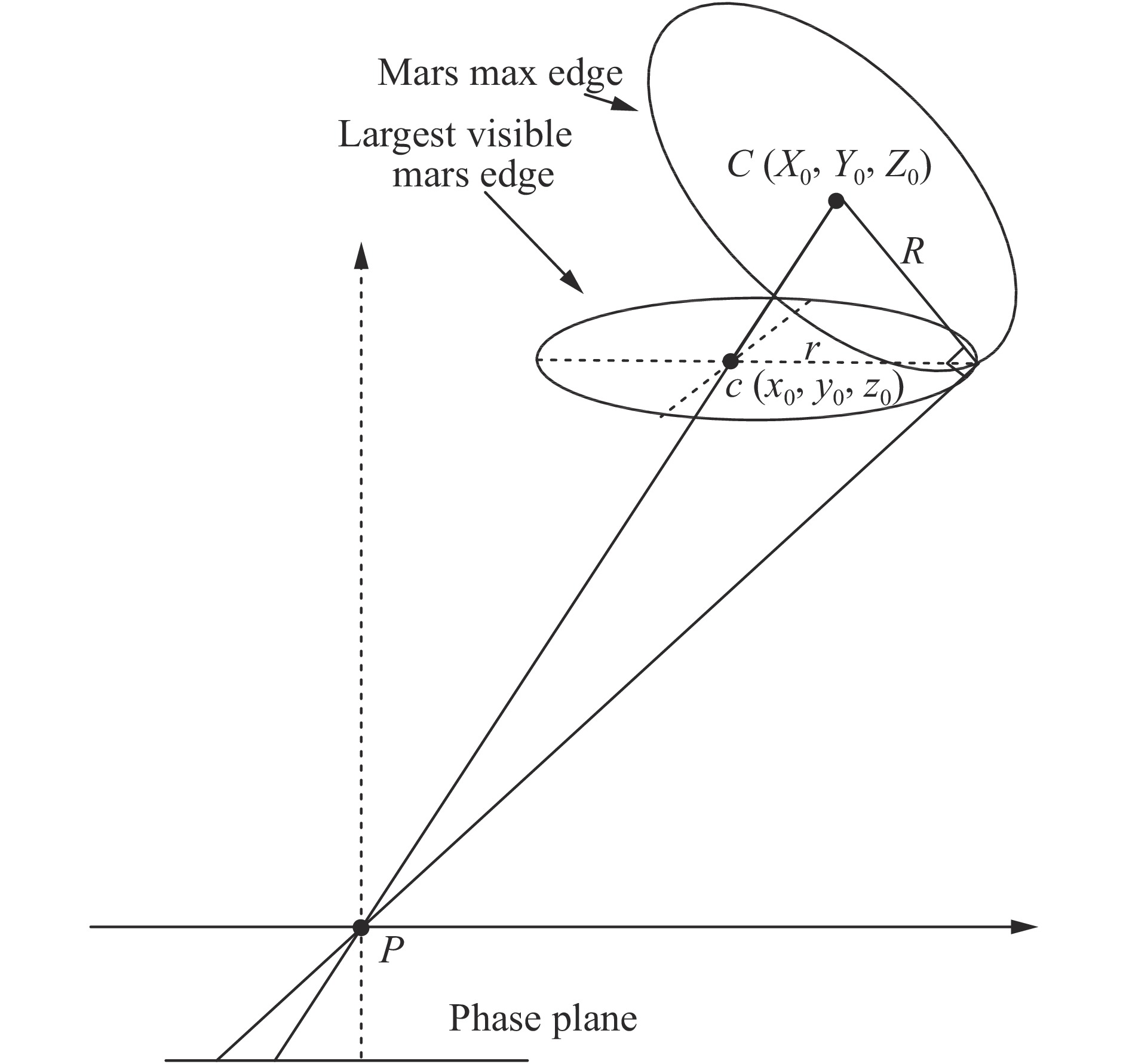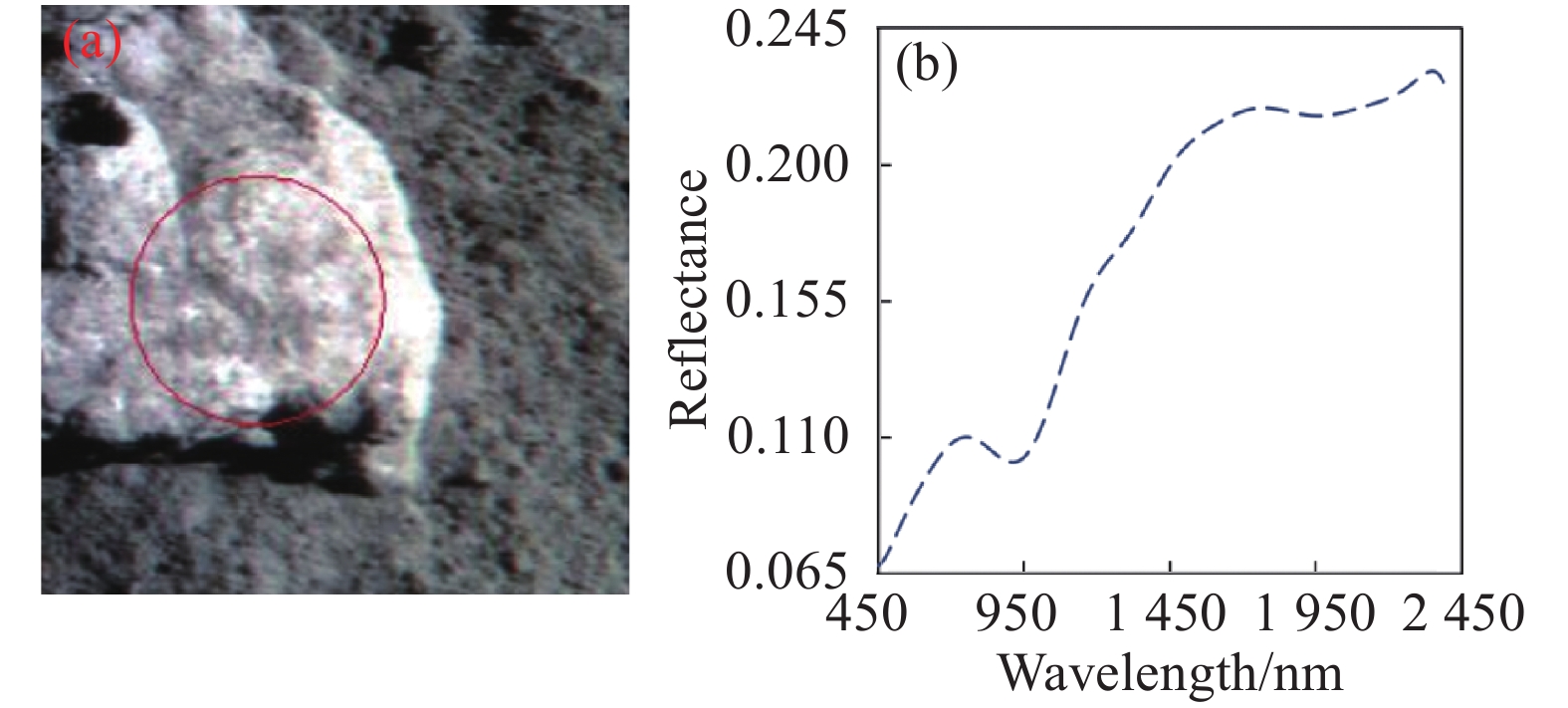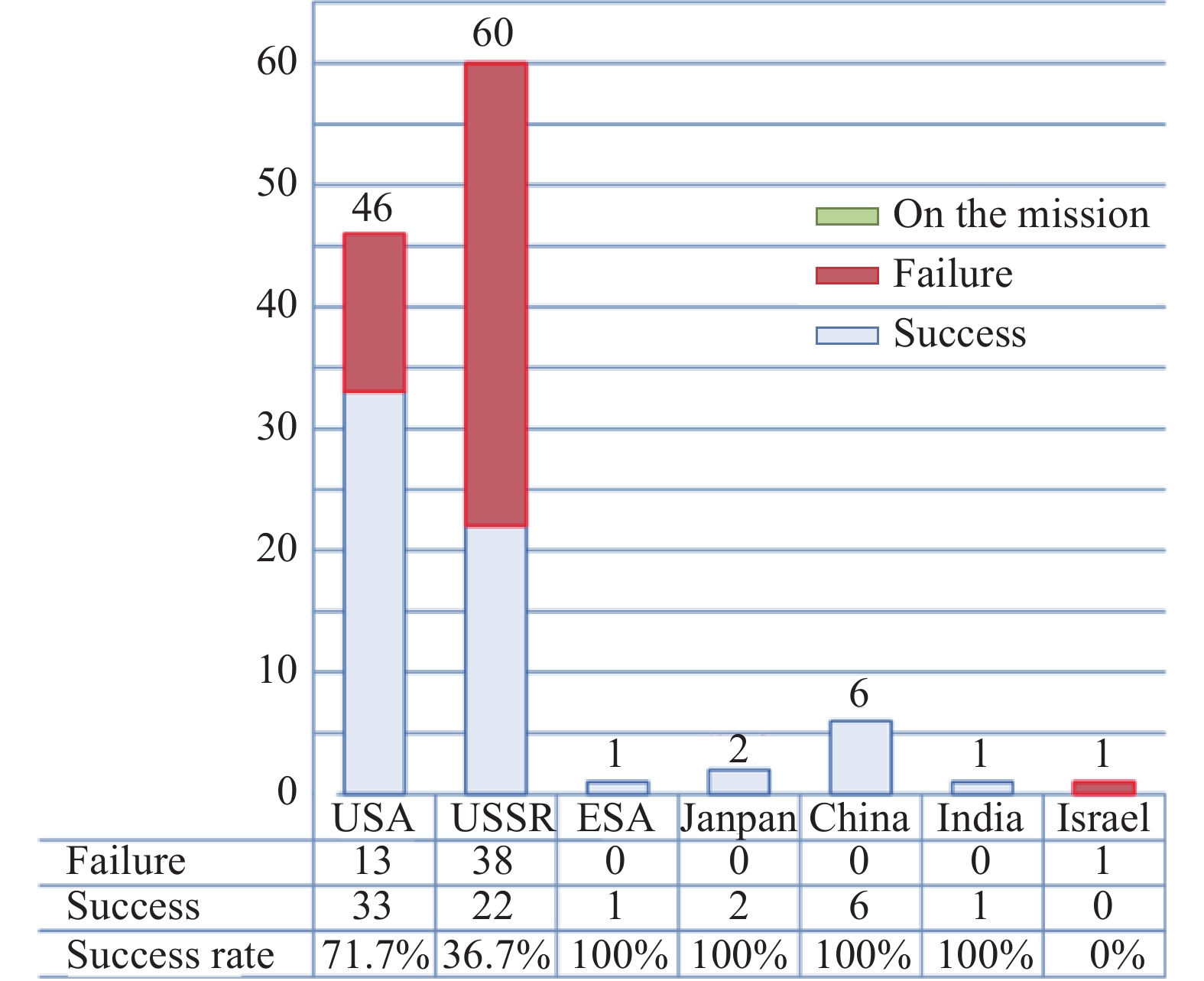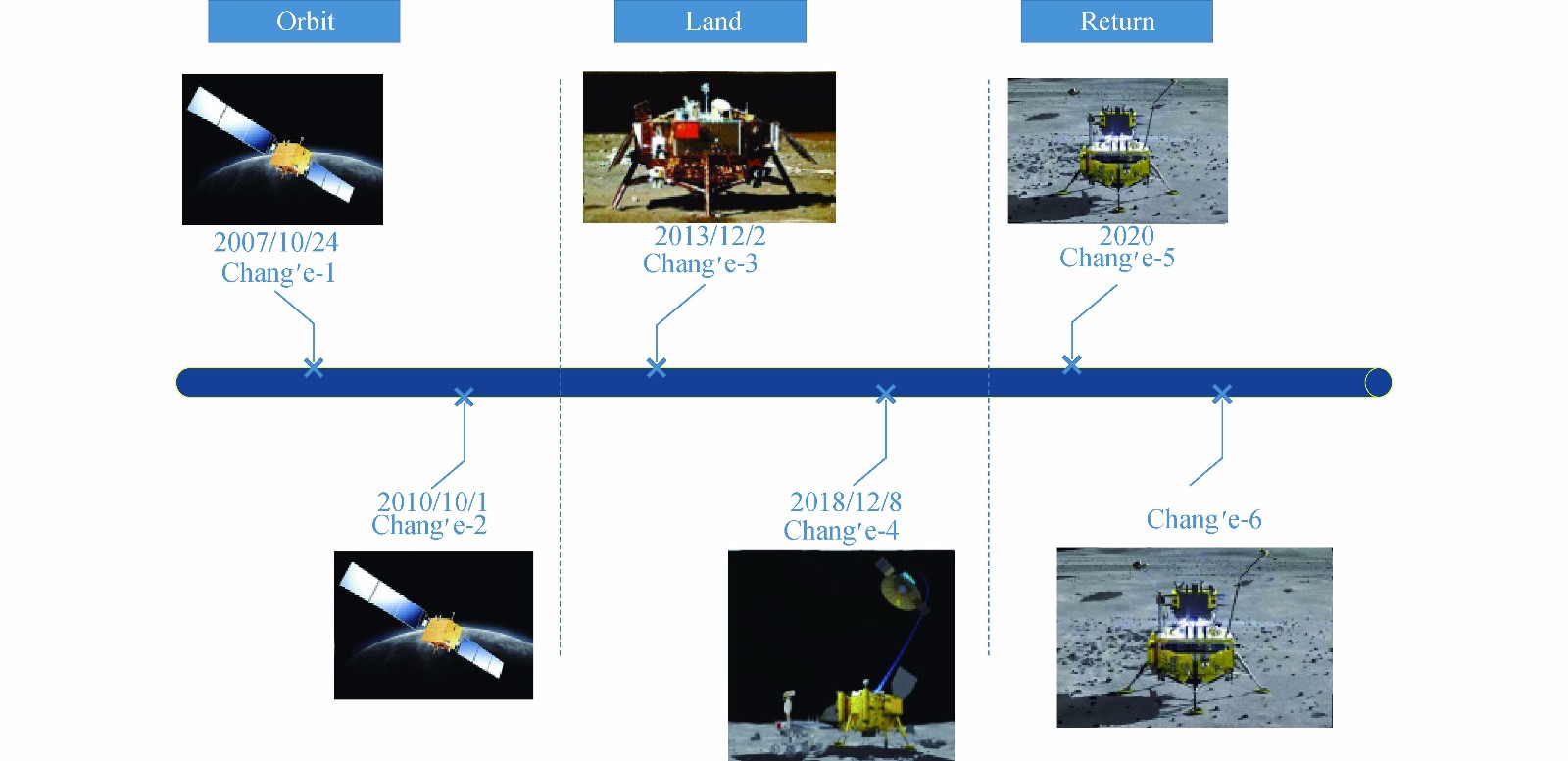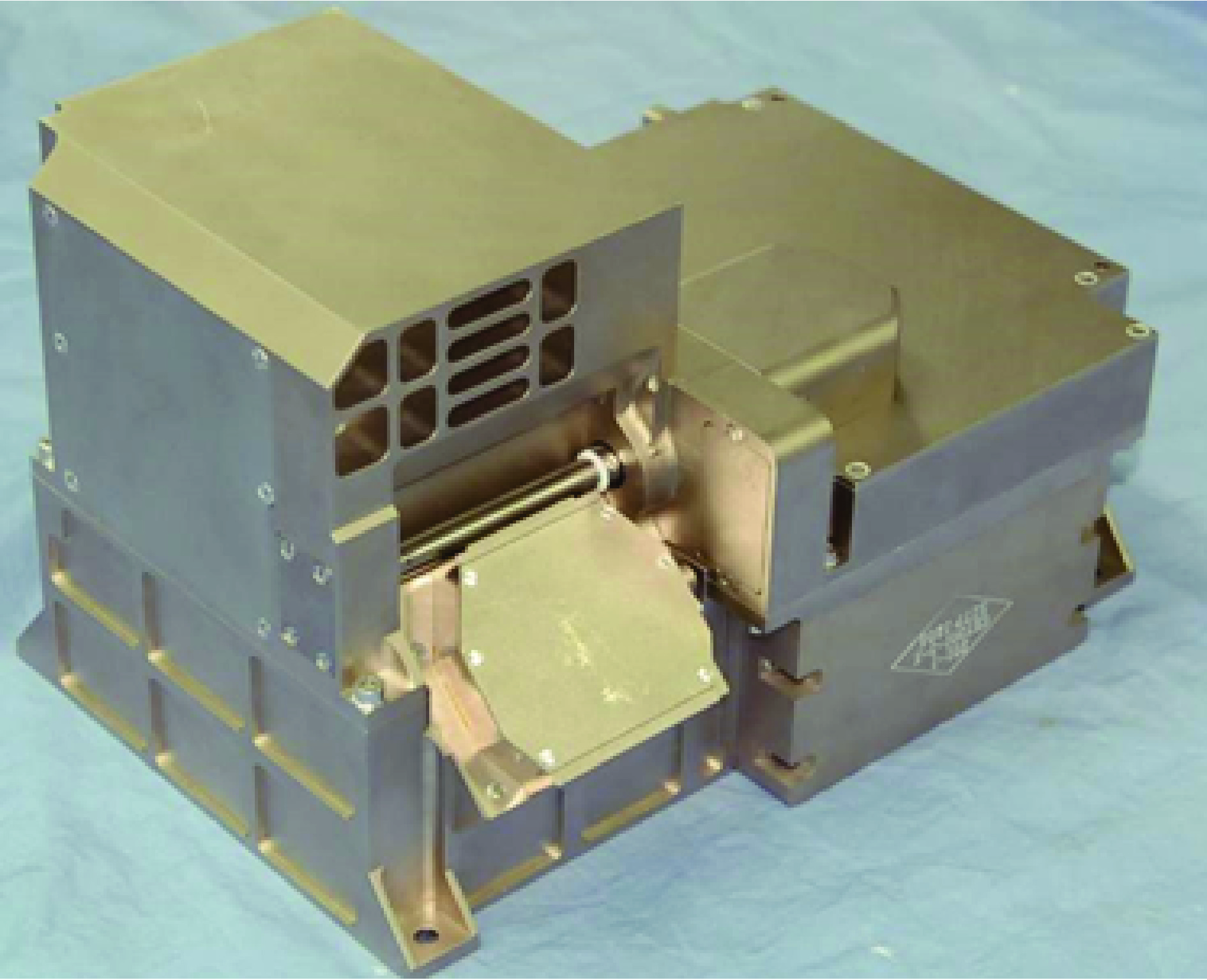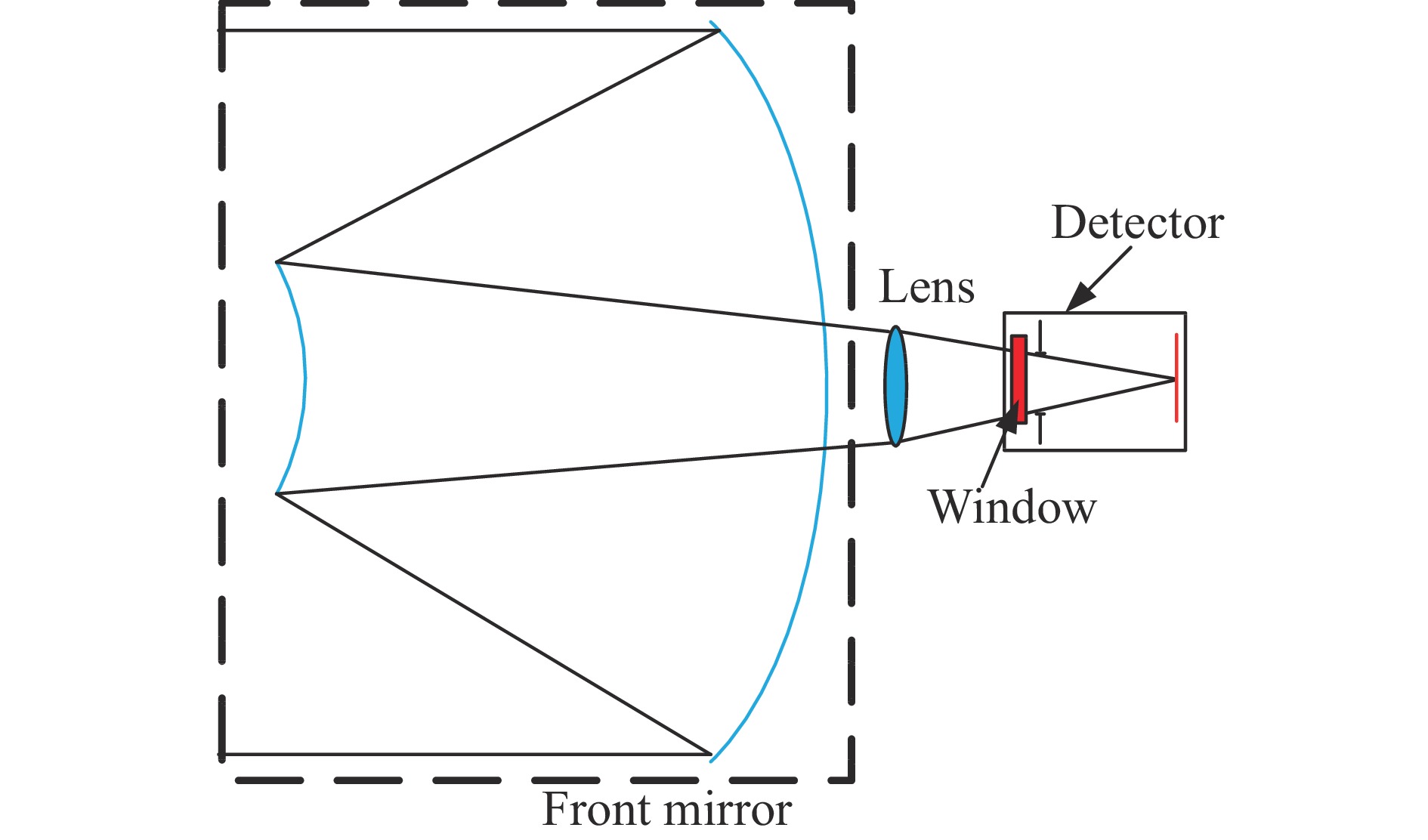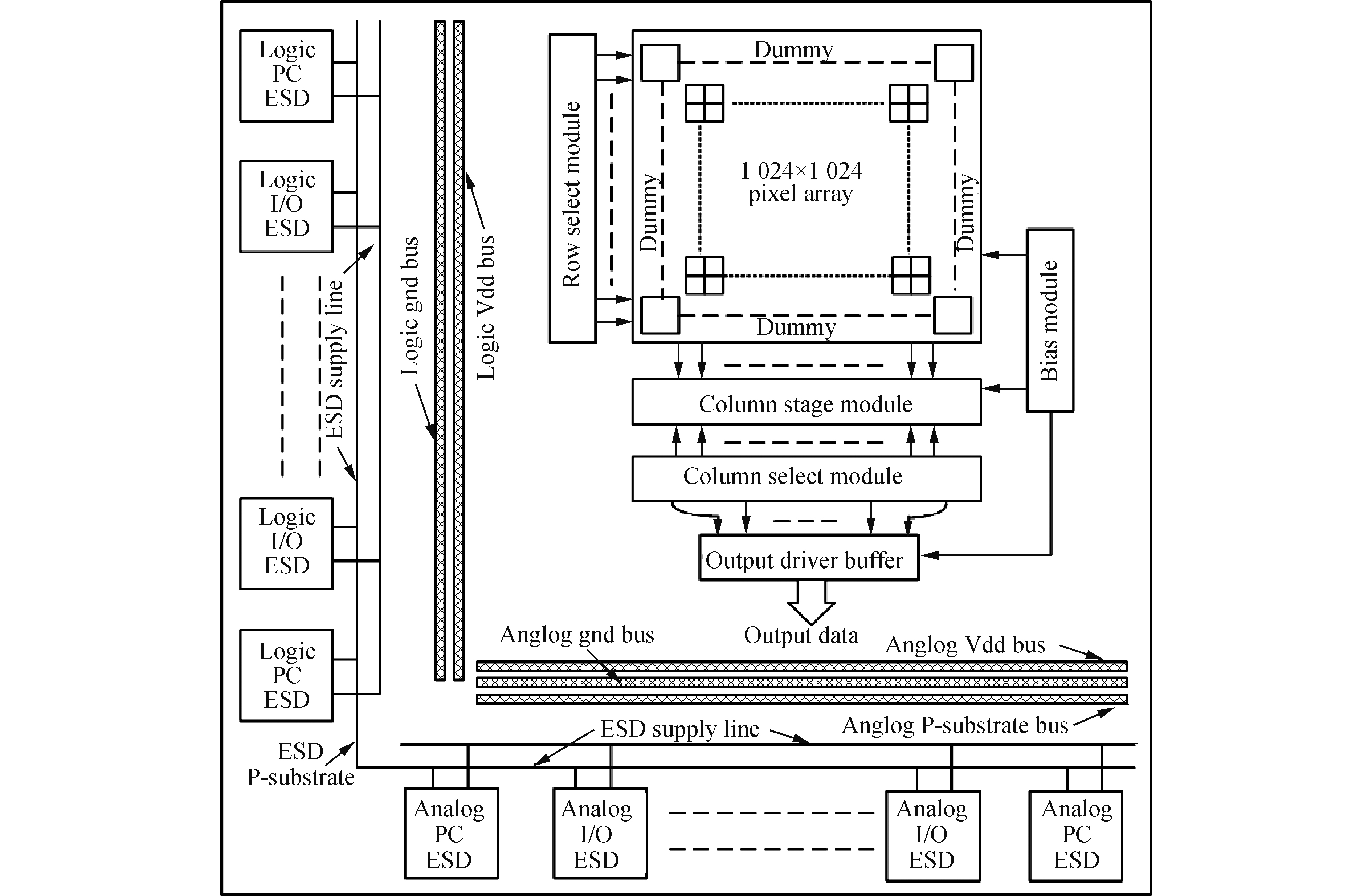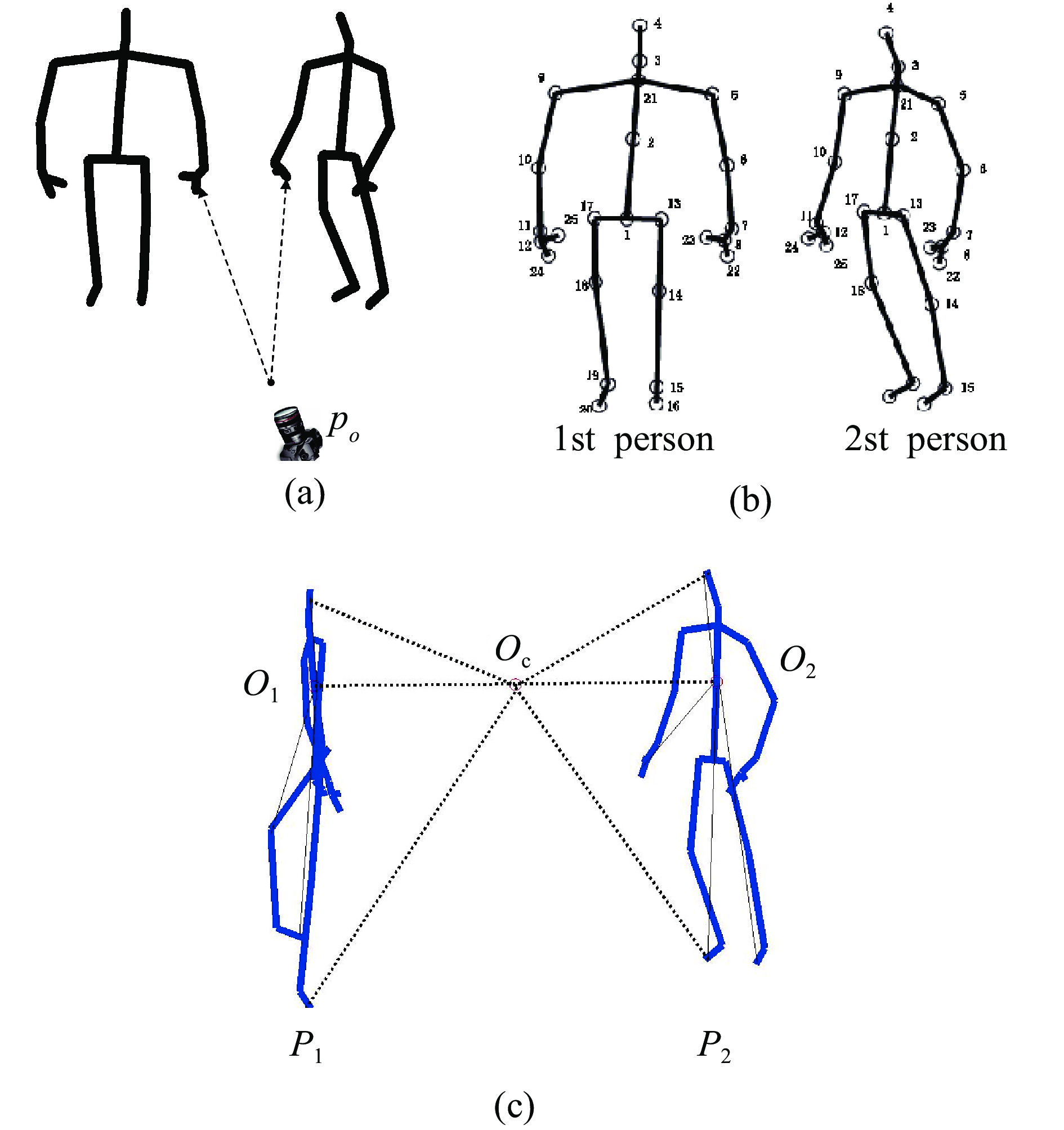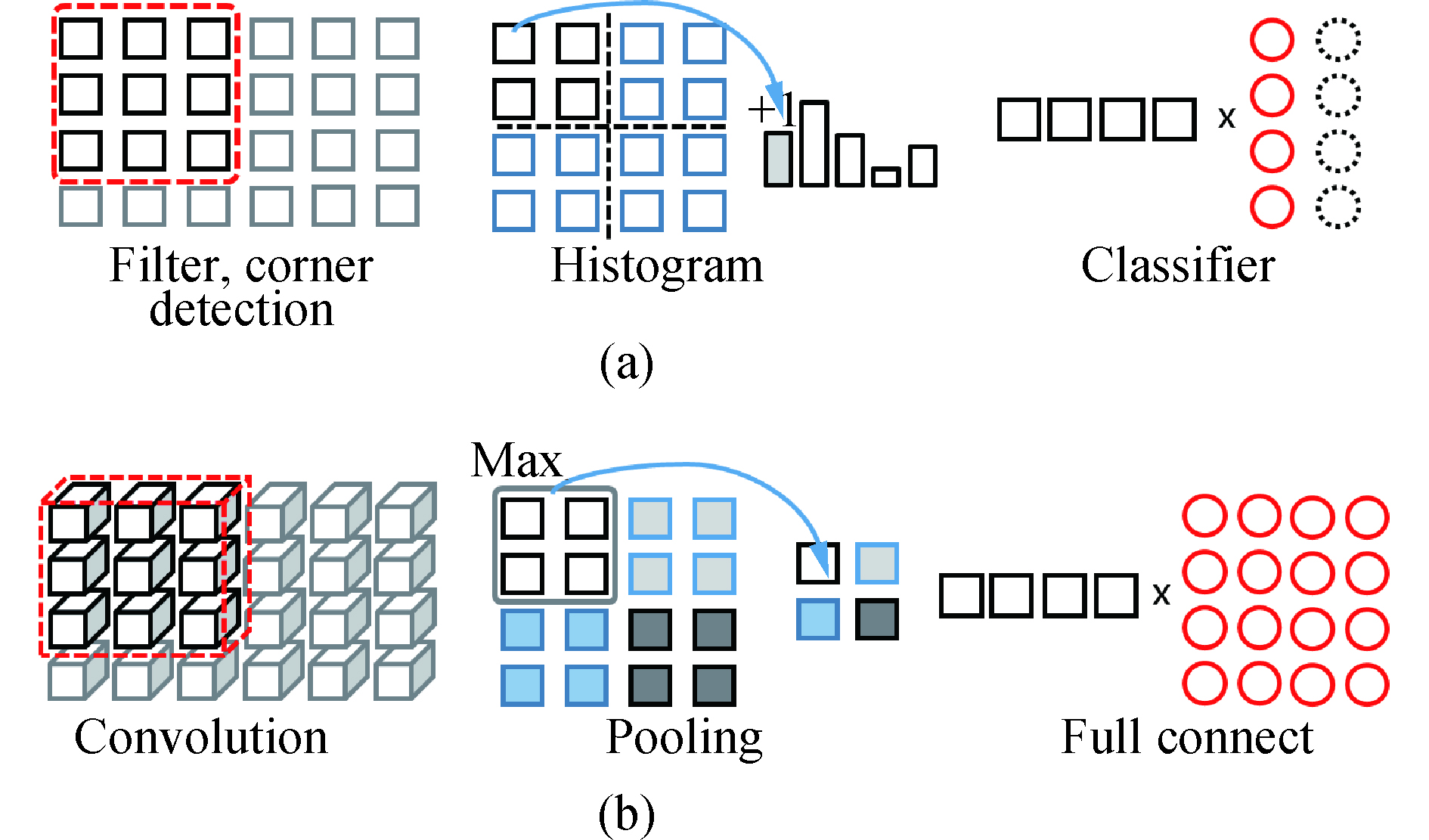2020 Vol. 49, No. 5
Spectral imaging technology is an important technical means in the field of deep space exploration and can serve a variety of space scientific experiments. Aiming at the demand of high stability and high light utilization of spectral loads in the field of deep space exploration, a new deep space hyperspectral diffraction computational imaging detection technology was proposed . Combining diffraction spectrum imaging technology and light field imaging technology to solve the problem of large-scale scanning of the detector in the diffraction spectrum push-broom imaging system, and one shot was realized to obtain the target spatial information and spectral information, that is, snapshot imaging. This has guiding significance for the design and research of deep space exploration hyperspectral imagers.
A novel ultra- low-power readout integrated circuit (ROIC) for 1 024×1 024 ultraviolet (UV) AlGaN focal plane arrays (FPA) with 18 μm-pitch was presented. In order to optimize power consumption for UVFPA readout circuit these methods were adopted, which including single-terminal amplifier under subthreshold region as CTIA amplifier, common current source load for source follow (SF) buffer in column pixels and level shift circuits, and time-sharing tail current source for column buffer. The smallest operational current of CTIA in pixel unit is only 8.5 nA with 3.3 V power supply by using single-terminal amplifier. The ROIC has been fabricated in SMIC 0.18 μm 1P6M mixed signal process and also achieved better performances with the novel design of bias current adjustable. Furthermore, the overall power consumption of the chip is 67.3 mW at 2 MHz in 8-outputs mode by the above methods according to the experimental results.
Infrared radiometry technology is an important means to characterize the infrared signature of targets, and atmospheric correction is a requisite step to obtain the real radiance of targets. A nonlinear atmospheric correction (NLAC) method was proposed to improve the infrared radiometric accuracy for long distance targets in this paper. This method used near-range standard reference source measurement (NRSRM) to calculate the actual atmospheric transmittance and path radiation simultaneously at different locations in a real-time environment. And the theoretical atmospheric transmission and path radiation under the corresponding conditions could be obtained from the atmospheric radiation transmission software as well. Neural network technology was applied to fit the non-linear relationship between them. Thus, the atmospheric transmittance and path radiation over long distances could be predicted to achieve atmospheric correction. Simpler linear atmospheric correction (LAC) and linear enhancement atmospheric correction (LEAC) were also carried out for comparison. The experimental results indicate that the infrared radiometric average error of the proposed method is 6.45%, which is much lower than that of the conventional method, LAC and LEAC that are 16.17%, 11.27% and 7.44%, respectively.





